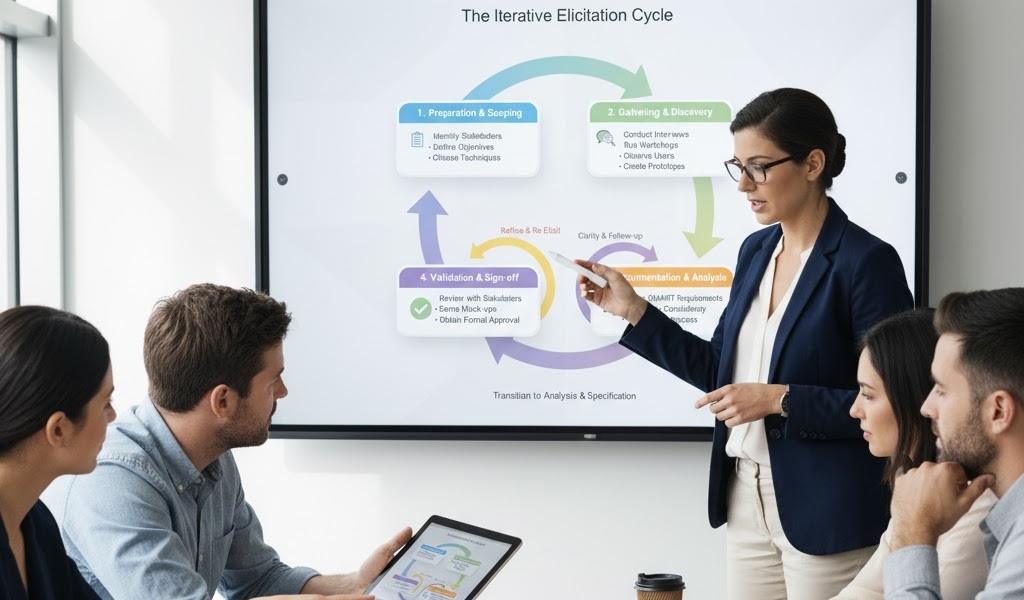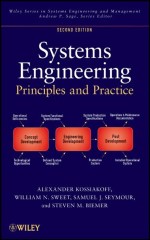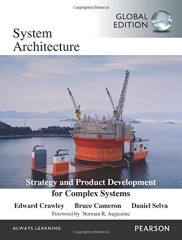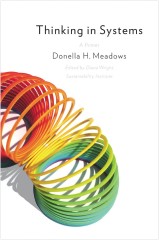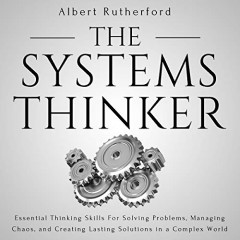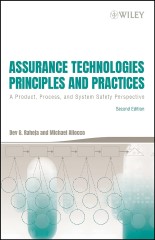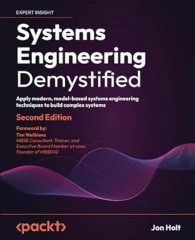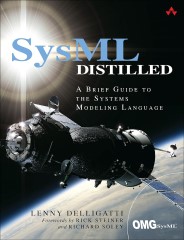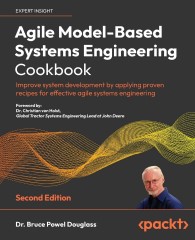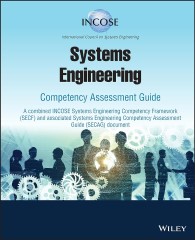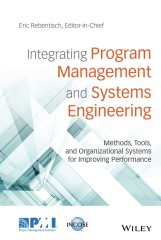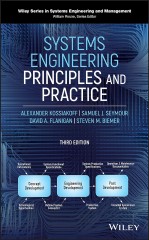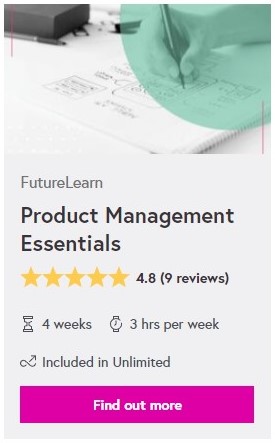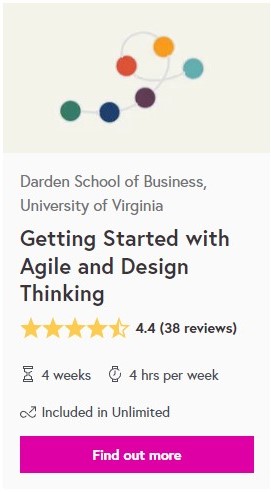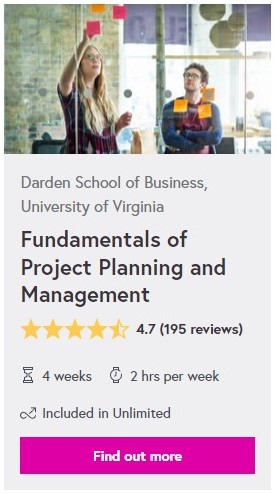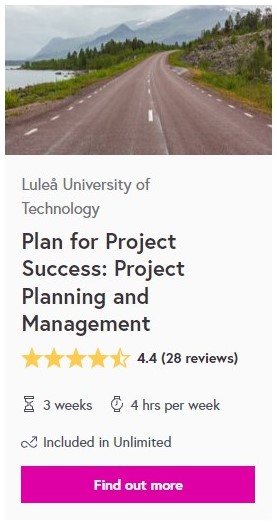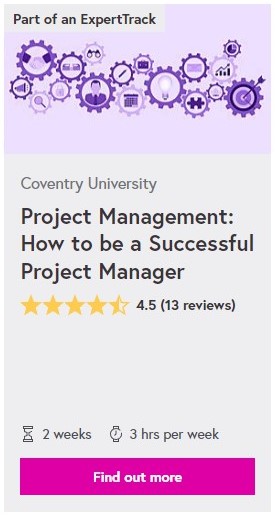Table of Contents
Introduction: Building the Right Foundation
It’s a familiar and frustrating narrative in the world of projects: budgets balloon, deadlines slide, and the final product, while technically sound, just doesn’t meet the users’ needs. Data suggests that up to 70% of IT projects fail to meet their stated objectives, not because the development team lacked skill, but because they built the wrong thing. The core failure often lies not in execution, but in understanding.
This is where Requirements Elicitation—often called requirements gathering—steps in as the single most critical early-phase activity. It is the process of actively discovering, collecting, and understanding the needs and expectations of everyone involved, from the end-users to the clients and financial sponsors.
Elicitation is more than just collecting a wish list; it is an act of investigation and synthesis. It’s about figuring out what a system should do by talking to the people who will use it, pay for it, and be affected by it. The ultimate goal is to uncover not just what people say they want (the stated wants), but what they truly need to solve their problems and achieve business value.
Without a robust, empathetic, and professional elicitation phase, projects become houses built on sand, vulnerable to constant change and eventual collapse. Mastering this foundational skill is the first and most crucial step toward delivering successful, impactful, and sustainable projects.
Recommended Further Reading Amazon BooksThe “Why”: Elicitation as Risk Mitigation
In the fast-paced world of project delivery, time and money are always at a premium. Consequently, some teams are tempted to rush through the requirements phase, viewing it as a mere administrative step. This is a critical mistake. Viewing requirements elicitation as an upfront cost, rather than an investment in risk mitigation, severely jeopardizes the entire project.
Eliminating Expensive Rework
The single most compelling business case for thorough elicitation is the dramatic reduction in rework. Catching an error or misunderstanding in the requirements phase—when it’s just a line of text or a diagram—is exponentially cheaper than fixing it later.
- The Cost-of-Change Curve: The industry standard demonstrates that the cost to fix a defect or incorrect requirement increases steeply as the project progresses. A mistake discovered in design might cost 1 unit to fix; the same mistake found in testing might cost 10 units, and finding it after deployment could cost 100 units or more. Elicitation ensures requirements are validated before design and development begin, providing the highest possible return on effort.

Controlling Scope Creep
Scope creep—the uncontrolled expansion of a project’s boundaries after it has started—is a notorious project killer. Effective elicitation establishes a crystal-clear, documented baseline of what the system will and will not do.
By deeply understanding and documenting the core needs and agreeing upon the solution boundaries upfront, you create a necessary shield. Any subsequent requests for new features can be formally evaluated against the initial requirements and managed as a change request, rather than simply absorbed, thereby safeguarding the project schedule and budget.
Ensuring Stakeholder Alignment and Buy-in
Elicitation is fundamentally about communication and consensus. It forces diverse stakeholders—who often have conflicting perspectives, priorities, and jargon—to sit down and agree on a unified vision.
This process ensures that everyone shares the same definition of “done.” When stakeholders actively participate in defining the requirements, they develop a sense of ownership and accountability, which drastically improves their support during the testing and deployment phases.
In essence, dedicating time to rigorous elicitation is not a luxury; it’s a non-negotiable insurance policy against costly failures, schedule delays, and building a product that ultimately misses the mark.
The “How”: A Toolkit of Modern Techniques
The goal of requirements elicitation is to extract information from multiple sources, often non-technical, and synthesize it into clear, actionable requirements. No single method works for every project or every stakeholder. A skilled analyst employs a versatile toolkit, choosing the right technique for the right context.
Core Discovery Methods (The Classics)
These form the backbone of any elicitation effort, focusing on direct communication:
- Interviews: The most common technique, involving structured or unstructured one-on-one conversations. The effectiveness hinges not just on asking questions, but on the ability to actively listen, follow up on ambiguous statements, and use open-ended questions to encourage detailed discussion.
- Workshops & Joint Application Development (JAD): Highly efficient methods that bring a diverse group of stakeholders (users, developers, subject matter experts) together for a focused, time-boxed session. The key is having a strong, neutral facilitator to manage conflict, maintain focus, and drive consensus, resulting in fast decision-making and shared understanding.
- Observation/Shadowing (Contextual Inquiry): Sometimes, stakeholders can’t articulate what they need because they don’t consciously recognize their own workarounds or inefficiencies. Contextual inquiry involves watching users perform their tasks in their natural environment. This method is crucial for uncovering the unspoken needs that verbal interviews might miss.
Analytical & Visual Methods (The Modern Edge)
Modern elicitation is increasingly visual and analytical, moving beyond simply writing notes to creating tangible artifacts that stakeholders can interact with.
- Prototyping & Mock-ups: Building low-fidelity (e.g., paper sketches, wireframes) or high-fidelity (interactive screens) models of the intended system. This is an incredibly powerful elicitation tool because it provides a tangible artifact for feedback. It encourages stakeholders to engage on a deeper level than abstract discussion, leading to tactile feedback and clarification early in the process.
- Document Analysis: Mining existing resources—like policies, procedures, user manuals for old systems, competitor documentation, and regulatory standards—to understand the current state and mandatory constraints. This provides a critical baseline and ensures new requirements align with business and legal rules.
- Interface Analysis: Examining the data inputs and outputs between the proposed system and other internal or external systems. This is vital for defining integration requirements and ensuring seamless data flow across the enterprise architecture.
- Mind Mapping/Concept Mapping: Using visual tools to organize complex or interconnected ideas, processes, or relationships between requirements. This technique helps both the analyst and the stakeholders see the ‘big picture’ and identify gaps or overlaps in the requirements structure.
By combining the direct communication of interviews and workshops with the visual clarity of prototyping and the structure of document analysis, the analyst maximizes their chances of uncovering every critical requirement.
| Step | Action | Description | Key Techniques & Tools |
| 1. Preparation & Scoping | Identify Sources & Context | Define the objective of the session. Identify the relevant stakeholders (users, domain experts) and the most appropriate elicitation technique (interview, workshop, observation). | Stakeholder Map, Pre-meeting Agenda, Use Case Diagrams, Existing Documentation |
| 2. Gathering & Discovery | Extract the Needs | Execute the chosen technique to actively gather information. Focus on the ‘Why’ (the business need) before the ‘What’ (the solution). Record all raw input and identify high-level needs and potential conflicts. | Interviews, JAD Workshops, Observation/Shadowing, Brainstorming, Prototyping |
| 3. Documentation & Analysis | Convert Input to Requirements | Translate the raw, often ambiguous, stakeholder input into clear, structured, and formal requirement statements. Check for completeness, consistency, and feasibility. | SMART Checklists, Requirements Management Tools, Traceability Matrix |
| 4. Validation & Sign-off | Confirm Accuracy & Agreement | Review the documented requirement with the relevant stakeholders. Ensure they agree that the written requirement accurately reflects their need. Obtain formal approval to move the requirement into the next phase (Analysis/Specification). | Formal Review Meetings, Walk-throughs, Stakeholder Sign-off Forms, Mock-up Demonstrations |
Even with a full toolkit of techniques, the elicitation process is rarely straightforward. Analysts must be prepared to navigate complex interpersonal dynamics and intellectual challenges to convert raw input into validated requirements.
The Stakeholder Challenge: Managing Conflict and Priorities
A common pitfall is treating all stakeholders equally. In reality, stakeholders possess varying levels of authority, knowledge, and influence.
- Prioritization is Key: Analysts must work with the Project Sponsor or Product Owner to clearly prioritize stakeholder groups. This ensures that the requirements gathered align with the project’s overall strategic goals, even if it means deferring or declining requests from less critical parties.
- Conflict Resolution: Elicitation inevitably surfaces conflicting needs (e.g., users wanting maximum features vs. finance wanting minimum cost). The analyst’s role shifts to that of a mediator, using documented business goals and trade-off analysis to facilitate a consensus, not necessarily make the decision themselves.
Dealing with Ambiguity and Vague Language
The natural language used by stakeholders is often imprecise. Phrases like “The system should be fast,” “It needs to be user-friendly,” or “The report must be up-to-date” are common, but useless as requirements.
- The SMART Framework: To combat this, all requirements must be pushed toward the SMART standard: Specific, Measurable, Achievable, Relevant, and Time-bound. The analyst must relentlessly challenge vague statements until they can be quantified. For example, “The system should be fast” becomes: “The dashboard must load within 2 seconds during peak usage times.”
- Defining the Scope Boundaries: It’s often just as important to define what is out of scope as what is in scope. Clearly documenting exclusions helps manage expectations and prevents scope creep down the line.
Elicitation is Iterative, Not a Checkbox
Many newcomers assume elicitation is a phase to be completed and then ignored. Modern software development, particularly agile methodologies, recognizes that requirements evolve.
- The process of discovery, documentation, and validation is iterative. As new information emerges during design or development, the analyst must cycle back to stakeholders to re-evaluate and confirm changes, ensuring the documentation remains a living, accurate reflection of the product being built.
Conclusion: The Elicitation Mindset
Requirements Elicitation is far more than a step-by-step methodology; it is a mindset. It requires a blend of technical acumen, interpersonal skill, and a relentless focus on the ‘why’ behind the ‘what.’
The truth is that poor requirement elicitation is a leading cause of project failure. Conversely, when executed skillfully, it is the single most valuable investment a project can make, directly translating effort into financial savings, timely delivery, and genuine user satisfaction.
To truly master this discipline, the professional must adopt a stance of curiosity, critical thinking, and empathy. The best analysts are not those who document the most; they are those who ask the right questions, actively listen to what isn’t being said, and effectively bridge the gap between business needs and technical possibilities.
The next challenge lies in translating the wealth of information gathered during this crucial phase into a structured, clear, and unambiguous set of specifications that development teams can confidently build upon.

